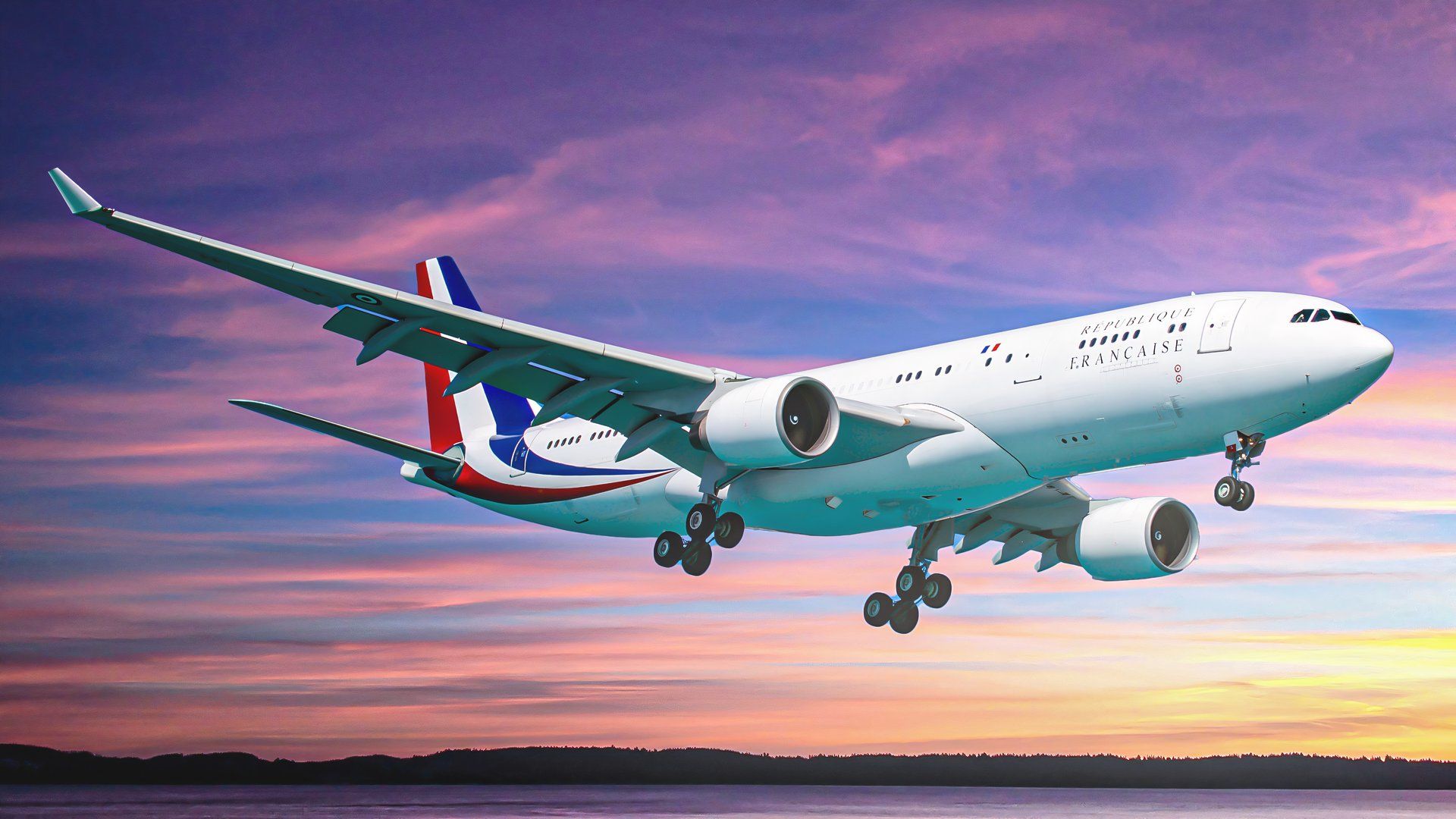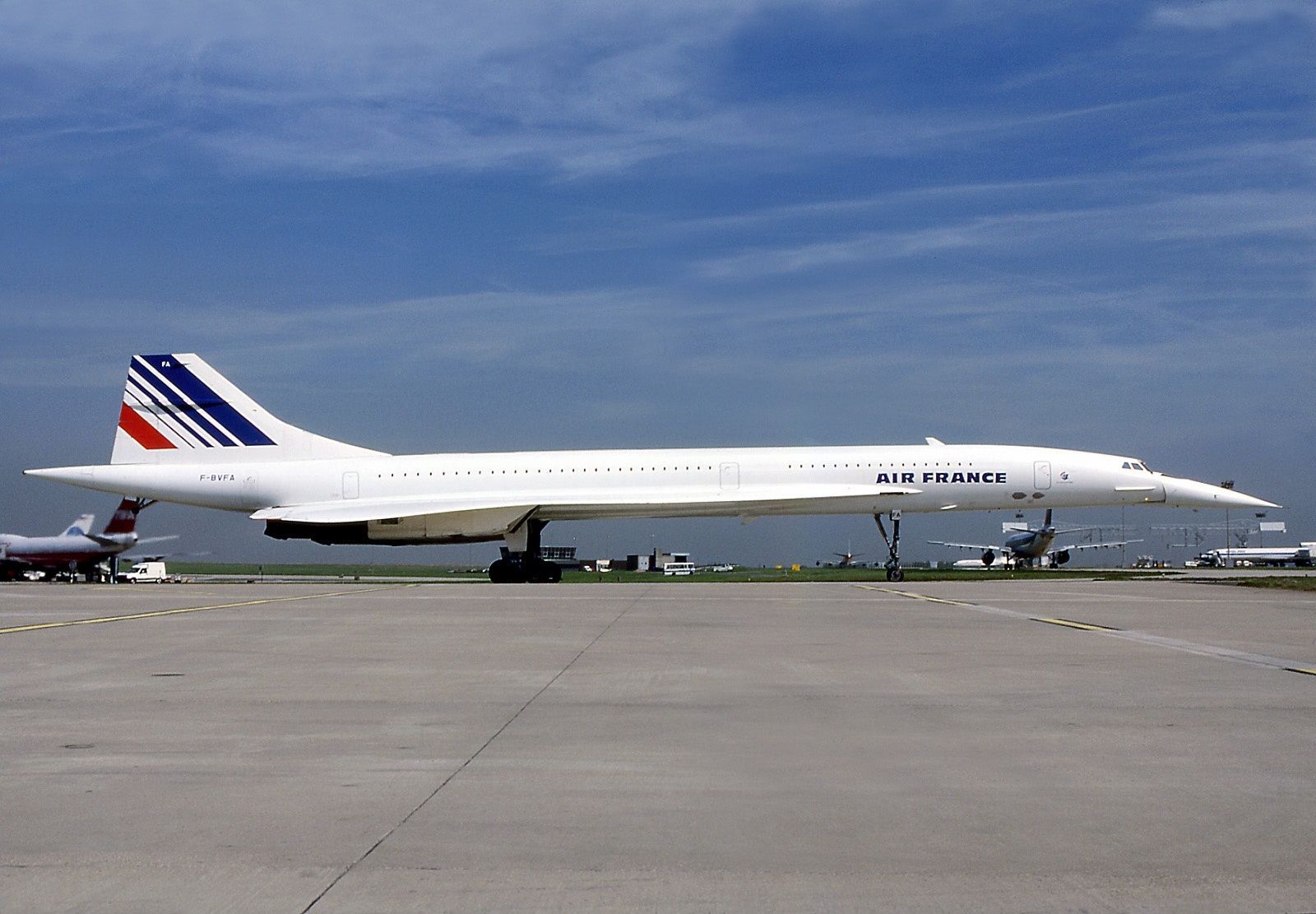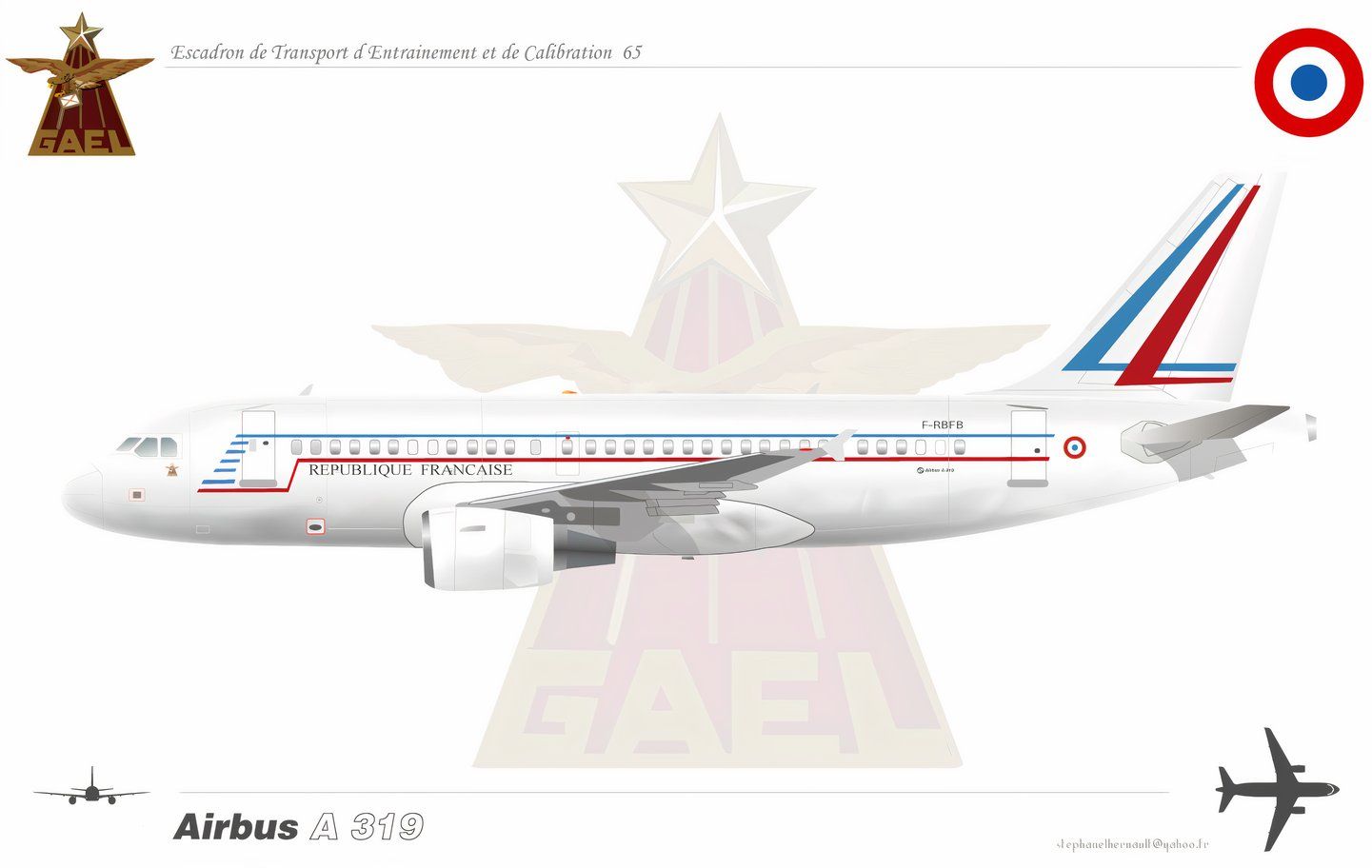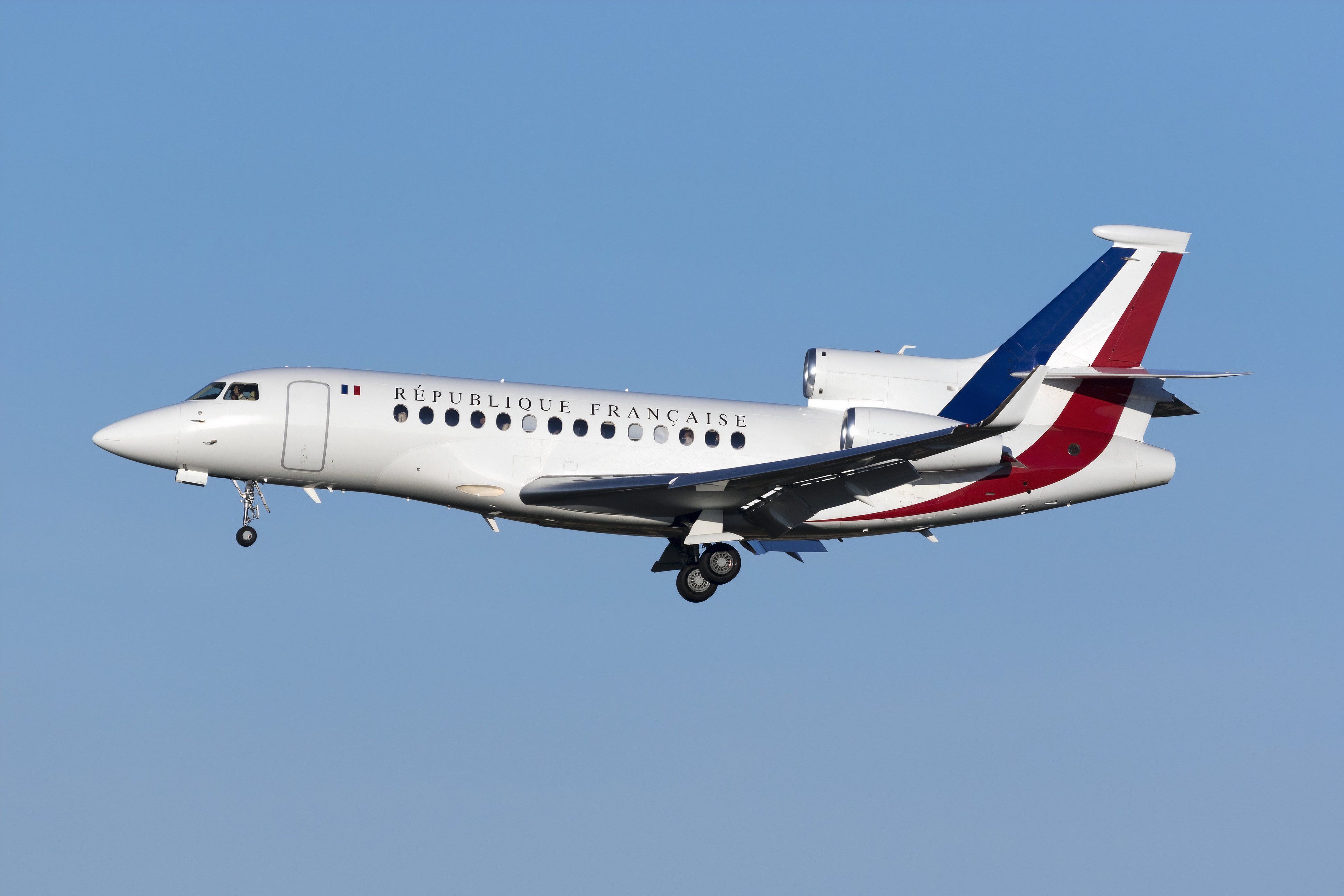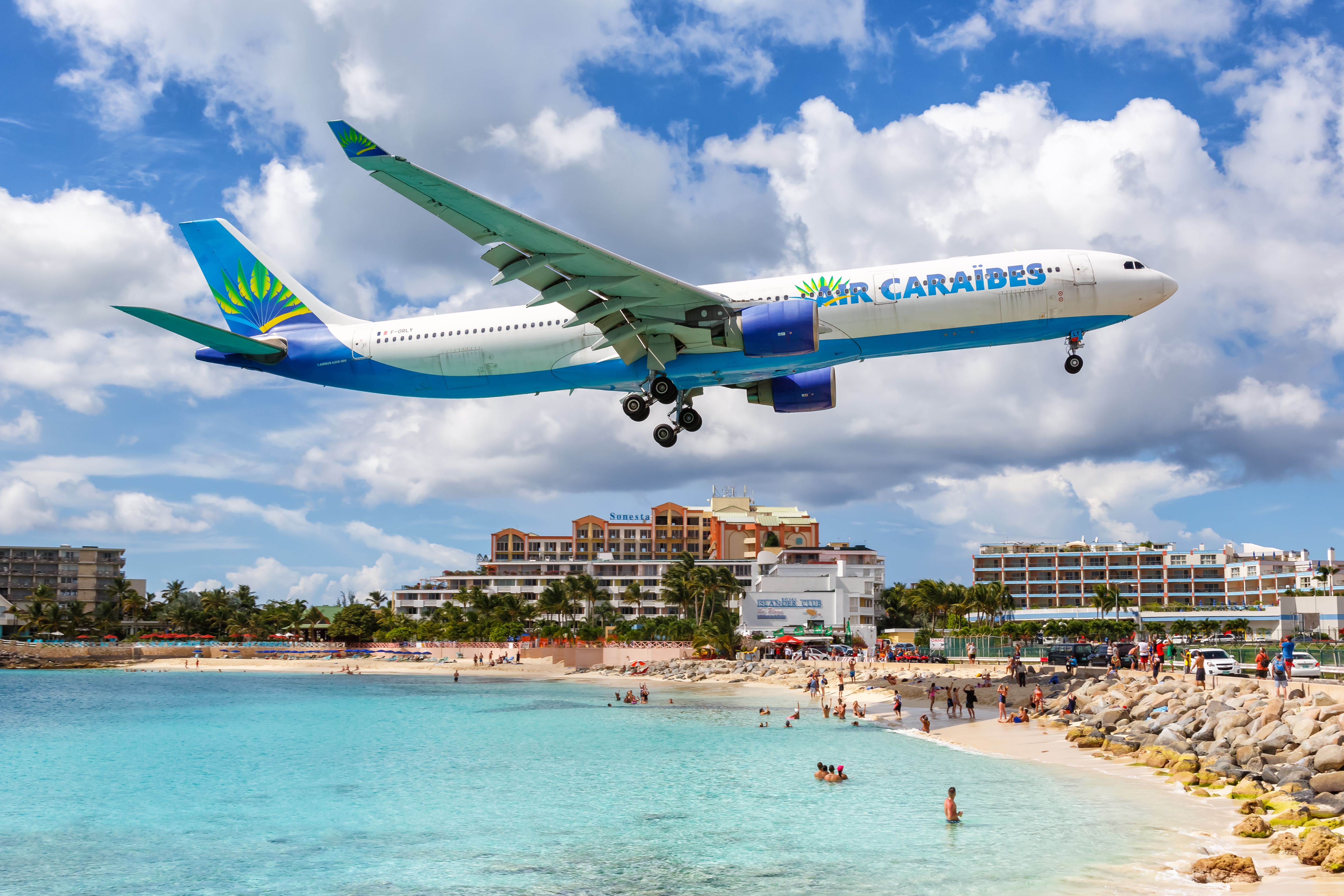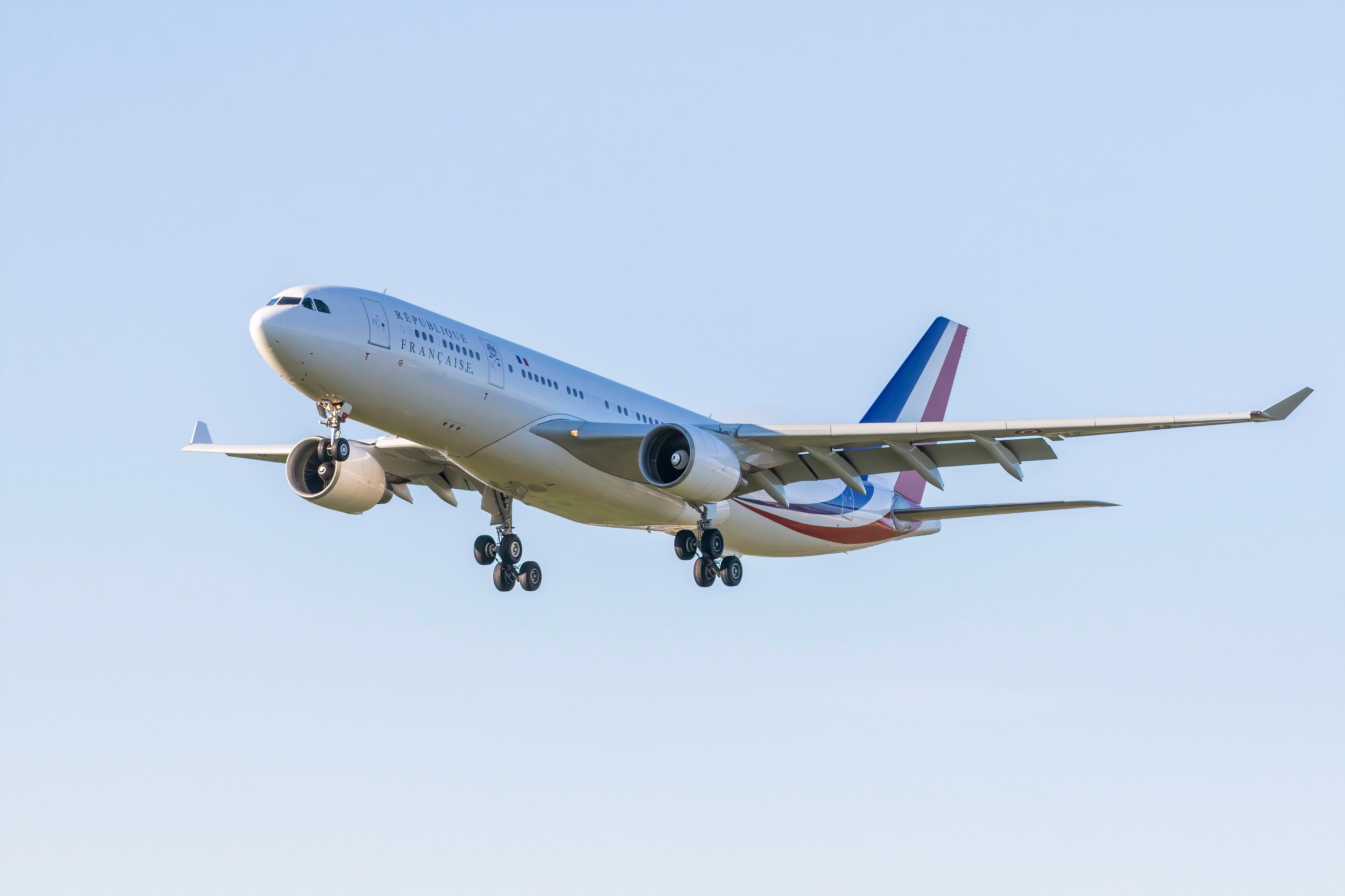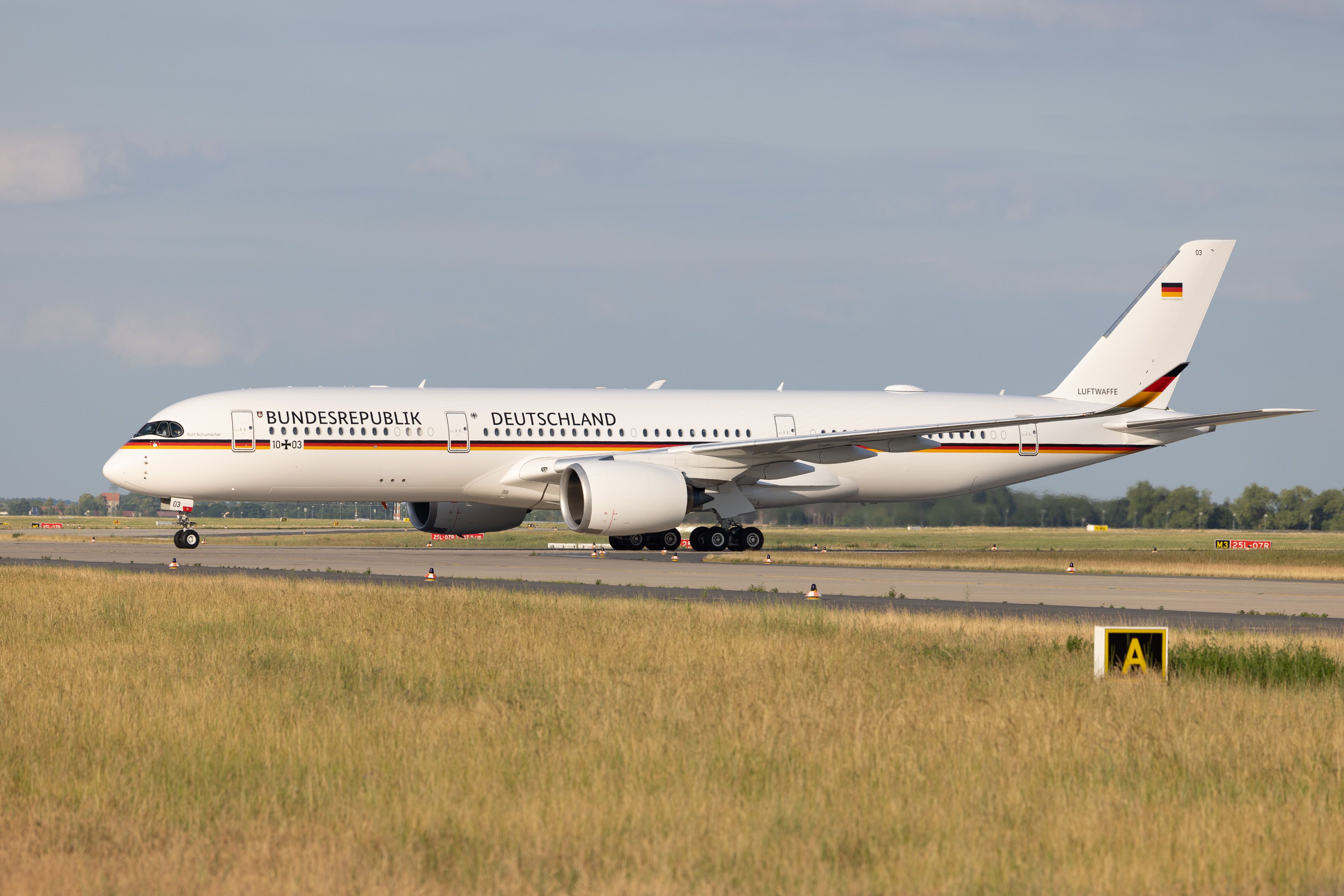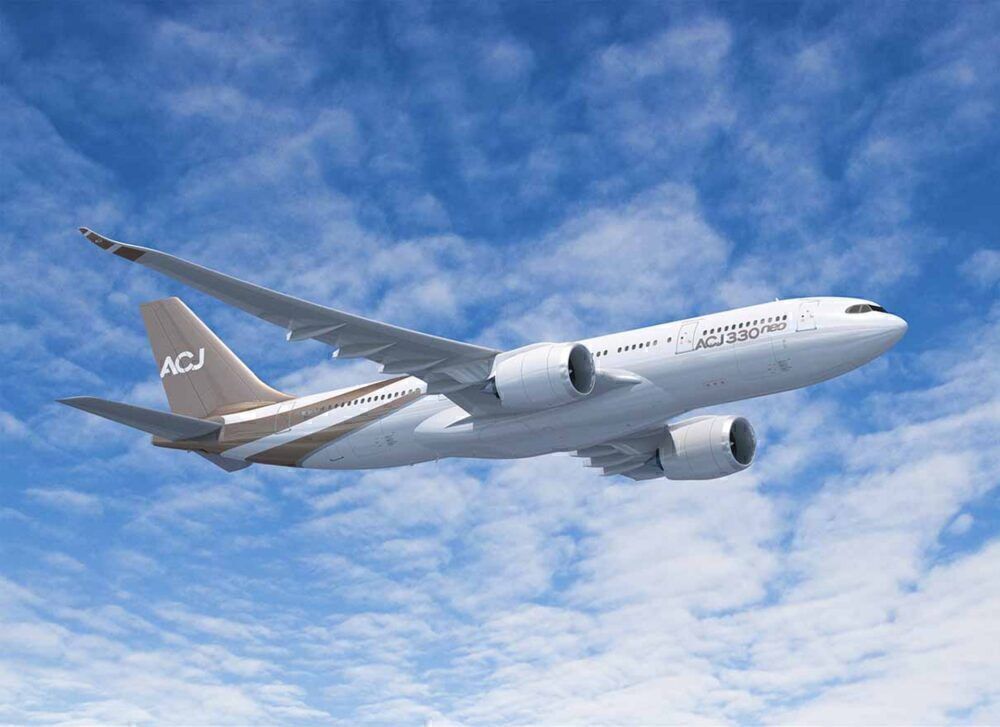Summary
- The French Air Force has a long history of transporting the president with unique aircraft.
- Air France’s Concorde was the 1st aircraft to fly a French president, so it wasn’t a military plane per se.
- The current presidential fleet includes Falcon 7X jets named “Carla One” and “Carla Two” as a funny reference to the first lady under the Sarcozy administration.
July 14 was a short time ago. (at the time of writing), This is like the 4th of July for Americans, but it is unique to France. With the Olympics kickstarting on the 26th of Paris, it is the perfect time to look at France’s presidential aircraft fleet.
Some history
The Military Air Transport Command (COTAM) (French: Commandement du transport aérien militaire) is a critical operational command of the French Air Force.
It was officially established in February 1962, consolidating the units of the Groupement d’Unités Aériennes Spécialisées. The command was vital in coordinating and executing air transport operations for the French military.
On March 11, 1994, COTAM was reorganized and renamed the Commandement de la Force Aérienne de Projection (CFAP), signaling a shift in its operational focus. According to Larousse Encyclopedia Online, the command headquarters was located at Vélizy–Villacoublay Air Base, just outside Versailles in the suburbs of Paris, serving as a strategic hub for its activities.
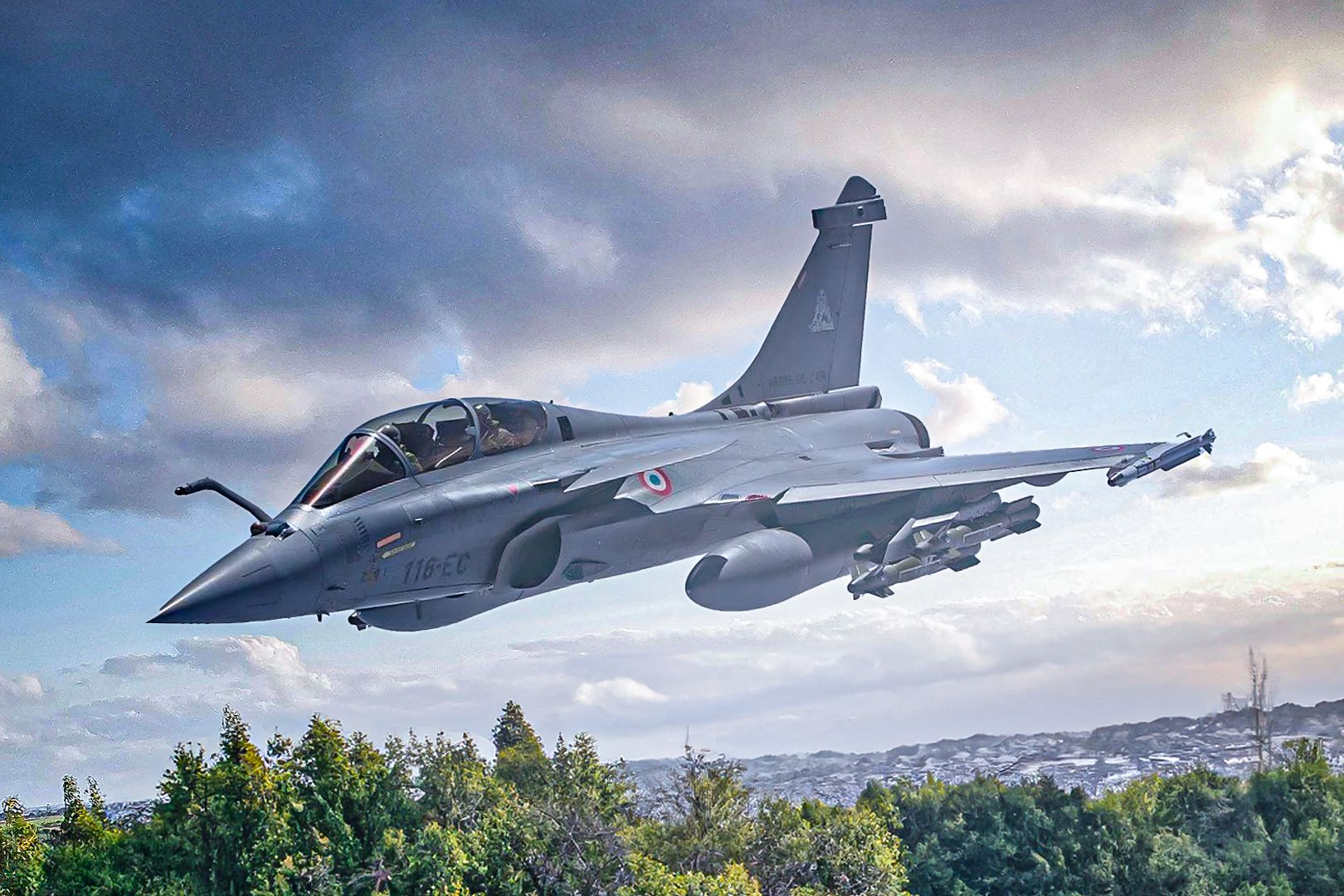
Related
Faire Face: The Top 5 Aircraft Of The French Air Force
The motto of the French Air Force is ‘Faire face’ – to face things honestly and directly. Let’s explore their top military aircraft.
It was the first notable aircraft to carry the President
All presidents of the Fifth Republic travel by air on official trips, and the fleet has seen some exciting aircraft carry the French head of state. The most notable could even go faster than the speed of sound – I’m, of course, referring to the Concorde.
According to the Robert Dictionary, the French equivalent to Oxford English for the French language Concorde means harmonious union between several people, social groups, and states. It was fitting as it resulted from cooperation between two allies, France and the United Kingdom.
On May 7, 1971, Concorde 001, the prototype of the Concorde supersonic airliner, made history by carrying French President Georges Pompidou from Brétigny-sur-Orge to Toulouse. This marked the first instance where a head of state utilized a prototype aircraft for an official trip.
During the groundbreaking flight, President Pompidou participated in a live interview with ORTF, the historic French public broadcaster, during which he shared his thoughts on this remarkable achievement.
“The aircraft’s stability struck me at over two thousand kilometers an hour. I wouldn’t have noticed the flight so calm, gentle, and silent if I didn’t see the French coastline in the distance, flying past us at an extraordinary speed. To all the staff at Aérospatiale, from the engineers to the technicians and all the workers, I would like to say thank you from the bottom of my heart for the joy they are giving me today”.
On November 29, 19691, Valéry Giscard d’Estaing, then the Minister of Finance, made history by becoming the first passenger to be admitted on the prototype by André Turcat.
When a president flew on Air France’s Concorde, it used the callsign AF 100F.
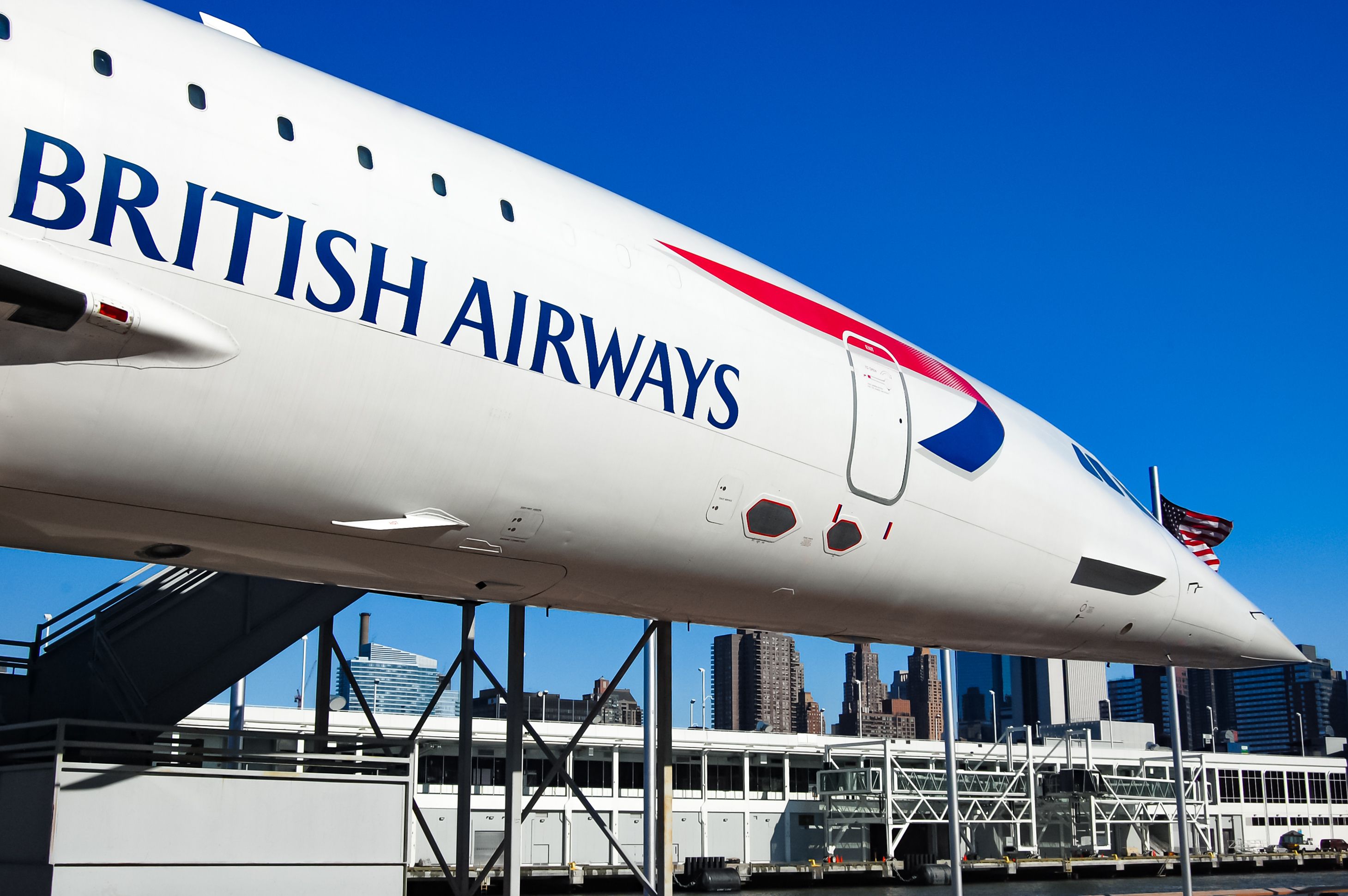
Related
5 Fun Facts About British Airways’ Concorde Operations
Concorde achieved records that no other commercial aircraft could match.
Enter the subsonic jet age
Concorde concluded commercial operations with Air France in 2003, the presidency had to come up with a contingency plan – so Jacques Chirac, the President at the time and fond of Airbus, ordered a pair of European aircraft, the A319 in its specially designed private jet model, the ACJ319. Their registrations were F-RBFA (cn 1484) and F-RBFB (cn 1556).
The aircraft were equipped with separate compartments tailored for the exclusive use of the President or any other high-ranking government official, one for their details and guests/press, and one for the press. They were as follows.
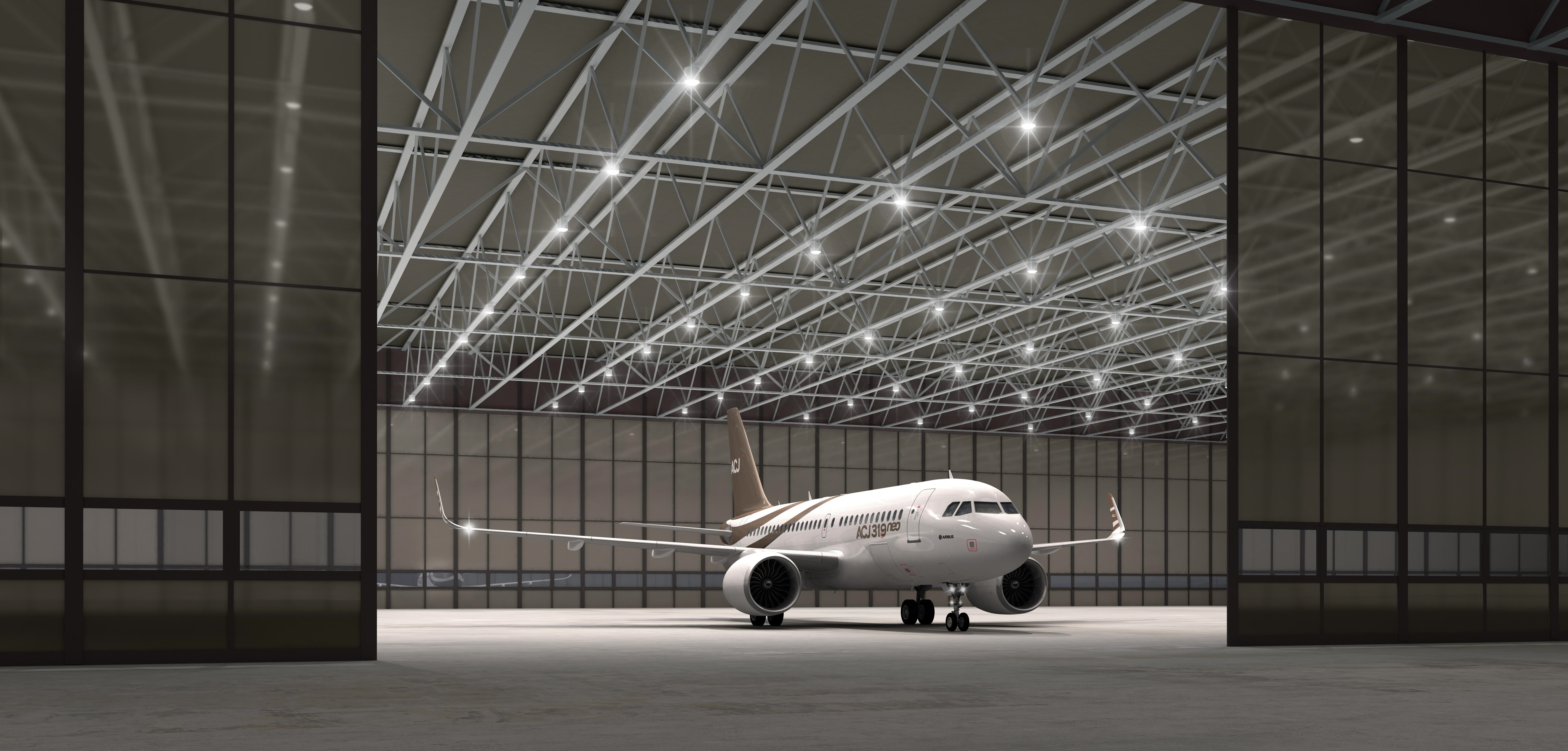
Related
Luxury Narrowbody: Airbus Corporate Jets Delivers Latest A319neo To Unidentified Customer
Airbus Corporate Jets has delivered a new business jet.
Towards the front is a bedroom for resting, a lounge office for conducting official business, and a private lavatory for personal use.
Towards the back of the aircraft, a spacious 40-seat area is designed to accommodate staff members and guests accompanying the onboard official.
The current presidential jets
On July 3, 2009, the ETEC presidential transport squadron acquired a Dassault Falcon 7X, which came to be known as Carla One in honor of the former President’s wife, Carla Bruni-Sarkozy.
This naming was a playful nod to the American presidential aircraft Air Force One. Subsequently, a second identical aircraft, valued at 50 million euros each, joined the fleet in May 2010. The aircraft are registered as F-RAFA and F-RAFB.
An intriguing incident occurred on May 15, 2012, during President François Hollande’s inauguration, shortly after taking off from the Villacoublay base on the way to Berlin, the Falcon 7X carrying the new President was struck by lightning.
Consequently, the aircraft had to turn back, prompting the head of state and his team to continue the journey using a backup aircraft, the Falcon 900. Another part of his delegation utilized the second Falcon 7x.
Photo: InsectWorld l Shutterstock
Today, these are mostly used by the Macron Administration for trips within Mainland France and Europe. They also serve as jets carrying ministers and security detail on longer trips alongside the main presidential jet.
The French “Air Force One” – F-RARF
F-RARF, an A330-200, is the current “French Air Force One”. The “RF” at the end of the registration is the acronym for the official name of the country, “République Française” (French Republic).
In conjunction with the upgrade of the ETEC fleet, the Ministry of Defense, through the DGA (Secretary of Defense of sorts), has unveiled plans to acquire a new aircraft to be transformed into a presidential plane, akin to the French version of “Air Force One.”
Photo: Markus Mainka | Shutterstock.com
The primary objective is to significantly enhance the aircraft’s range, thereby eliminating the need for layovers, which is currently a weakness of the existing A319s. The selected aircraft is an Airbus A330-200, previously operated by Air Caraïbes for service between mainland France and Guadeloupe. Initially registered as F-OPTP, it underwent provisional re-registrations as F-GRTP and F-ZWUG during testing before finally being registered as F-RARF for its official debut.
Photo: Karolis Kavolelis | Shutterstock.com
The French Air Force will operate this aircraft, and the estimated renewal cost is €176 million. This budget encompasses €60 million for acquiring the pre-owned aircraft and €91.5 million for the required cabin modifications, funded through the French defense budget.
Moreover, Plus 33, a company located in the “Airbus Valley” in Blagnac, will handle the interior design.
Fun Fact: It initially did not have anti-missile systems, but they were added later. Of course, the exact security systems are unknown to the public due to security concerns.
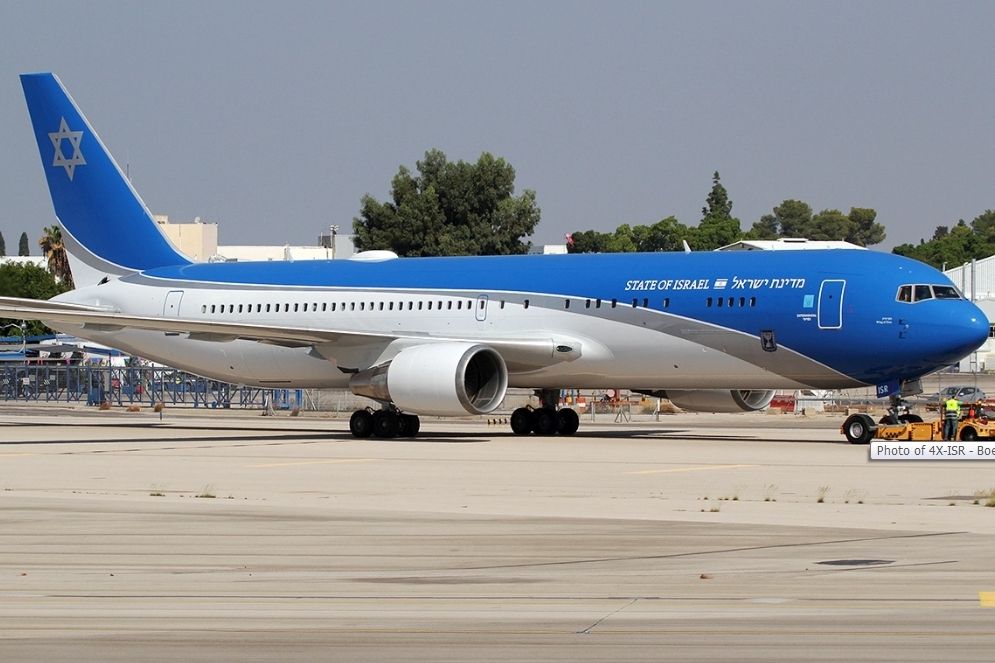
Related
Wing Of Zion 1st Official Flight: Israel’s New Boeing 767 “Air Force One” Takes Off To US
The presidential aircraft has finally entered official service.
The Future: A330neo, A350, A319neo? What would it look like?
Not much is known about the next presidential jet—F-RARF is getting old. It is a former civilian jet that is getting close to its 30-year mark. So, much like Air Force One in the USA, there is a plan to change it—except, as is usual with the French Air and Space Force, these are very secretive, so the public doesn’t yet know. This is my speculation.
The most likely contender is the A350. After the German Administration renewed their A340s with the new generation of aircraft, this would send a political signal of continued Franco-German friendship.
The only issue would be costs; it will be the most expensive option at $111M.
Photo: Lufthansa Technik
Next up and second most logical would be an ACJ330neo, specifically the -900. A continuation of the current A330 operations would mean no need for training and would fit with the force’s MRTT fleet.
Photo: Airbus
The least likely would be ACJ319neo, which is too close in capabilities to the Falcon 7Xs in the fleet. For a country so weary of its image, having a small jet could be seen as weak.

